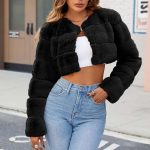Introduction to Warm Coats
The Importance of Winter Coats
As the winter months approach, having a reliable warm coat becomes essential. The cold air, snow, and wind can make outdoor activities uncomfortable without adequate protection. A good winter coat serves as a barrier against the elements, offering insulation and comfort. It allows you to enjoy winter activities such as walking, skiing, or simply running errands without worrying about the chill. Moreover, a stylish warm coat can enhance your appearance, ensuring you look good while staying cozy.
Understanding Different Types of Coats
Winter coats come in various styles and designs, each suited to different needs and preferences. Parkas, down jackets, and overcoats are common among winter apparel. Parkas are typically longer, providing extra protection and warmth. Down jackets are filled with feathers or synthetic insulation, offering excellent warmth-to-weight ratios. Overcoats are often worn over suits or formal attire and can provide warmth, but may sacrifice some functionality for style. Understanding the different types ensures you can choose the right coat for your lifestyle.
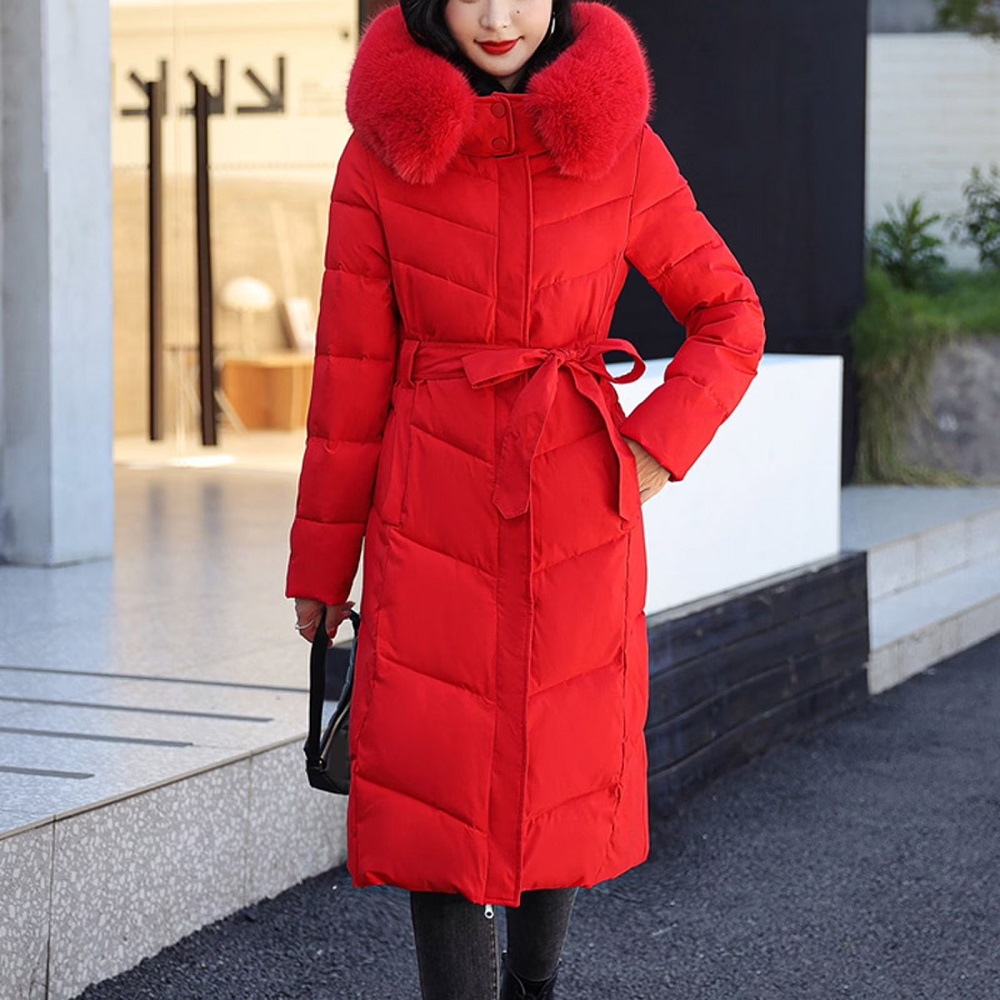
Purpose of This Guide
This guide aims to highlight the essential features of warm coats to help you make an informed purchase this winter. We will explore factors such as insulation types, weather resistance, fit, and additional functionality. By understanding what to look for in a warm coat, you can find the perfect option that combines comfort and style, allowing you to embrace the winter season fully.
Key Features of Warm Coats
Insulation Types
One of the most critical features of a warm coat is its insulation type. Insulation serves to trap heat close to your body, maintaining warmth in cold conditions. The two most common types are down insulation and synthetic insulation. Down insulation, made from goose or duck feathers, is incredibly effective at retaining heat while being lightweight. However, down loses its insulating properties when wet, making it less ideal for wet climates. Synthetic insulation, on the other hand, mimics the properties of down but retains warmth even when damp. For those who live in rainy or snowy areas, a coat with synthetic insulation might be the better choice.
Weather Resistance
Weather resistance is another crucial feature to consider in a warm coat. Look for coats that are designed to withstand various winter weather conditions, such as wind, rain, and snow. Many coats come with water-repellent treatments or utilize waterproof materials that keep moisture out. Additionally, a coat with a windproof shell will prevent cold winds from penetrating the fabric, ensuring warmth remains trapped inside. Understanding the climate you live in will help you select the appropriate level of weather resistance for your coat.
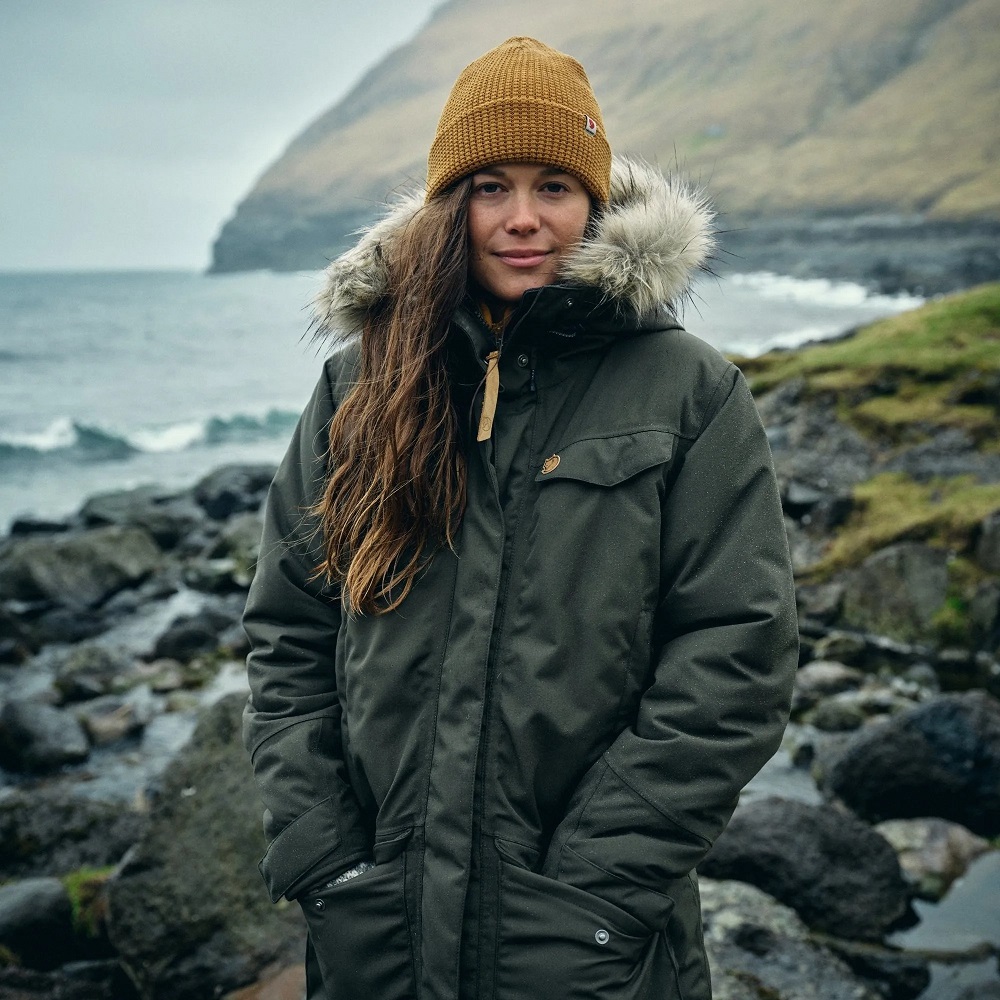
Breathability and Comfort
While insulation and weather resistance are important, breathability is equally essential. A good winter coat should allow sweat and moisture to escape, preventing overheating and discomfort. Look for materials designed with breathability in mind, such as Gore-Tex or other technical fabrics. Some coats incorporate ventilation systems to further enhance airflow. If you plan to participate in outdoor activities like hiking or skiing, a breathable coat becomes essential when exertion levels rise. Ensuring comfort will allow you to enjoy winter activities without feeling weighed down or overheated.
Fit and Style Considerations
Importance of Proper Fit
The fit of a warm coat plays a significant role in both comfort and functionality. A well-fitting coat should allow for layering beneath it without being overly restrictive. When trying on coats, ensure there’s enough room to wear a sweater or fleece underneath. Focus on trying different styles such as regular fit, slim fit, or relaxed fit to find the best silhouette. A coat that fits properly keeps you warm and allows for free movement, enhancing overall comfort during winter activities.
Style Versatility
While functionality is crucial, style should not be overlooked. Warm coats come in various styles, including long jackets, cropped designs, and tailored options. Consider the occasions where you plan to wear the coat. For casual outings, a parka with an urban style may be ideal. If you need a more polished look for work or formal events, opt for a stylish overcoat. Choosing a versatile coat that balances style and functionality means you can wear it on various occasions, integrating it seamlessly into your wardrobe.
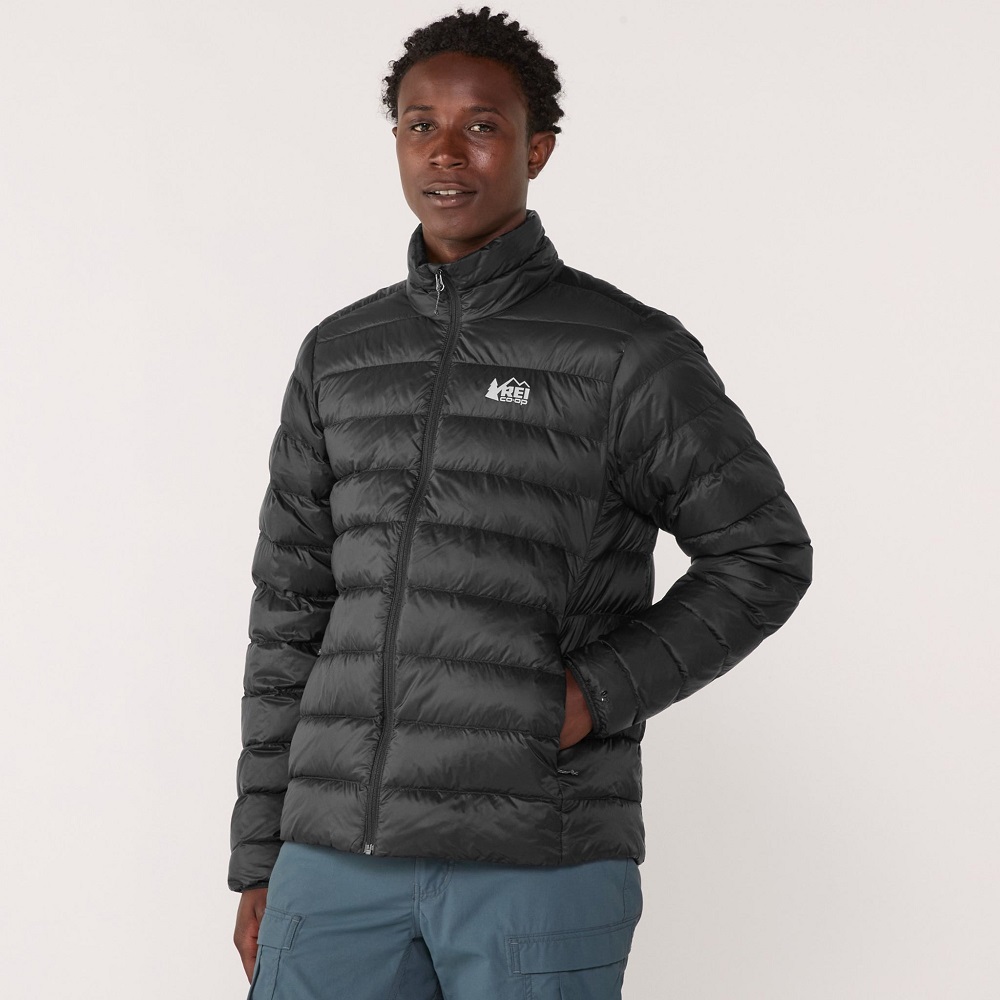
Color and Design Choices
Color choices for winter coats can influence your overall look and mood. Neutral colors like black, gray, or navy often offer more versatility, allowing you to pair them with a wide array of outfits. Conversely, bolder colors or patterns can make a statement, adding a fun element to winter attire. Consider your personal style when selecting a color or pattern that complements your aesthetic. This selection allows you to feel confident while staying warm during the colder months.
Practical Features to Look For
Pockets and Storage
The practical features of a warm coat extend to its pockets and storage capacity. When choosing a winter coat, consider how many pockets it has and their placement. External pockets provide easy access to essentials, such as gloves or your phone, while internal pockets can securely hold items like wallets. Zippered pockets help ensure items stay safe and do not fall out. The added functionality of well-placed and ample pockets enhances the overall utility of your coat, making it more practical for daily use.
Adjustable Elements
A coat with adjustable elements enhances its fit and functionality. Look for features such as adjustable cuffs, hoods, and hems, which allow for customization to suit various conditions. Adjustable cuffs can help seal in warmth and prevent cold air from entering, while a cinchable hood can provide extra protection from wind and snow. Ensuring your coat can adapt to changing weather conditions improves your overall comfort and effectiveness while outdoors.
Linings and Additional Insulation
Some warm coats come with removable linings or insulation, providing versatility for varying temperatures. Having the option to adjust the insulation can be beneficial as the weather changes throughout the day. For instance, if you plan a day out that starts warm but may turn cold, wearing a coat with adjustable liners keeps you comfortable during temperature fluctuations without requiring an entirely new outfit. Consider the benefits of having added insulation for those extra chilly days on the trail.
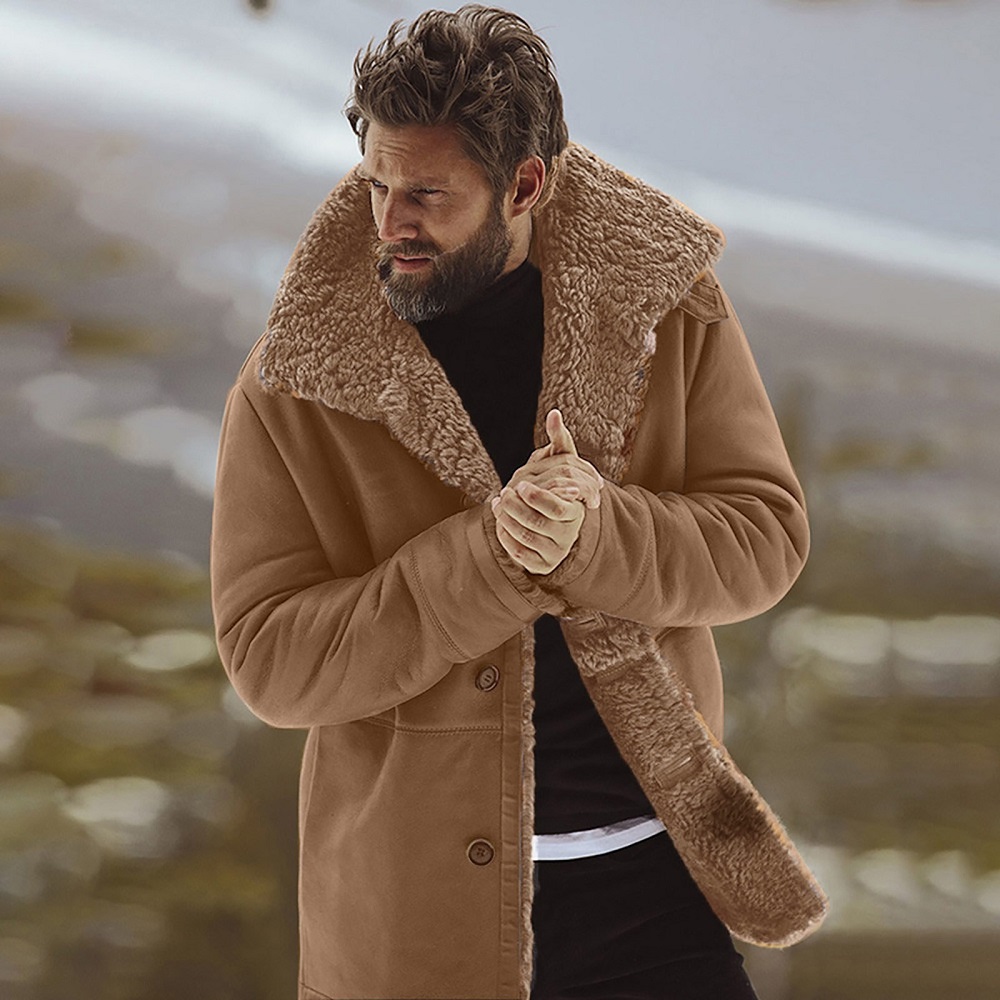
Caring for Your Coat
Regular Cleaning Practices
Proper care is essential for maintaining the quality and longevity of your warm coat. Follow the manufacturer’s instructions for cleaning, typically found on the care label. Most synthetic and technical fabrics can be machine washed in cold water with mild detergent. Avoid using bleach or fabric softeners, as these can damage the coatings and materials. Regular cleaning helps remove dirt, sweat, and oils that can accumulate, ensuring your coat remains fresh and functional.
Drying Techniques for Longevity
When it comes to drying your warm coat, air drying is often the best method to avoid damage. If the care label allows machine drying, use a low heat setting to maintain the integrity of the fabric. Heat can often degrade technical fabrics and insulation over time. Always ensure the coat is completely dry to avoid mildew or odor. Choosing the optimal drying techniques is essential for retaining the quality of your jacket and extending its lifespan.
Storing Your Coat Properly
When winter ends and it’s time to store your warm coat, proper storage is key. Hang it on a robust hanger that offers enough support to maintain its shape, avoiding wire hangers that can create unwanted creases. Ensure the coat is stored in a cool, dry area, free from excess moisture and direct sunlight. Consider using a breathable garment bag to protect the coat from dust while allowing it to breathe. Proper storage ensures that your coat is in top condition when winter returns.
The Role of Coats in Winter Activities
Essential Gear for Outdoor Adventures
Warm coats play a significant role in winter outdoor activities, such as skiing, snowboarding, and hiking. Staying warm and dry directly affects enjoyment and safety during these activities. Choosing the right coat with necessary features, such as waterproofing and breathability, enhances performance in harsh conditions. Ensuring you are adequately protected allows you to focus on the adventure and explore winter landscapes without discomfort.
Balancing Comfort and Performance
When engaging in outdoor activities, balance is key. A warm coat must provide adequate insulation while remaining breathable to prevent overheating. For example, if you’re skiing, your coat should keep you warm when riding chairlifts yet allow for airflow as you exert energy on the slopes. The harmonious combination of warmth and breathability enhances your outdoor experience, enabling you to enjoy winter sports to the fullest.
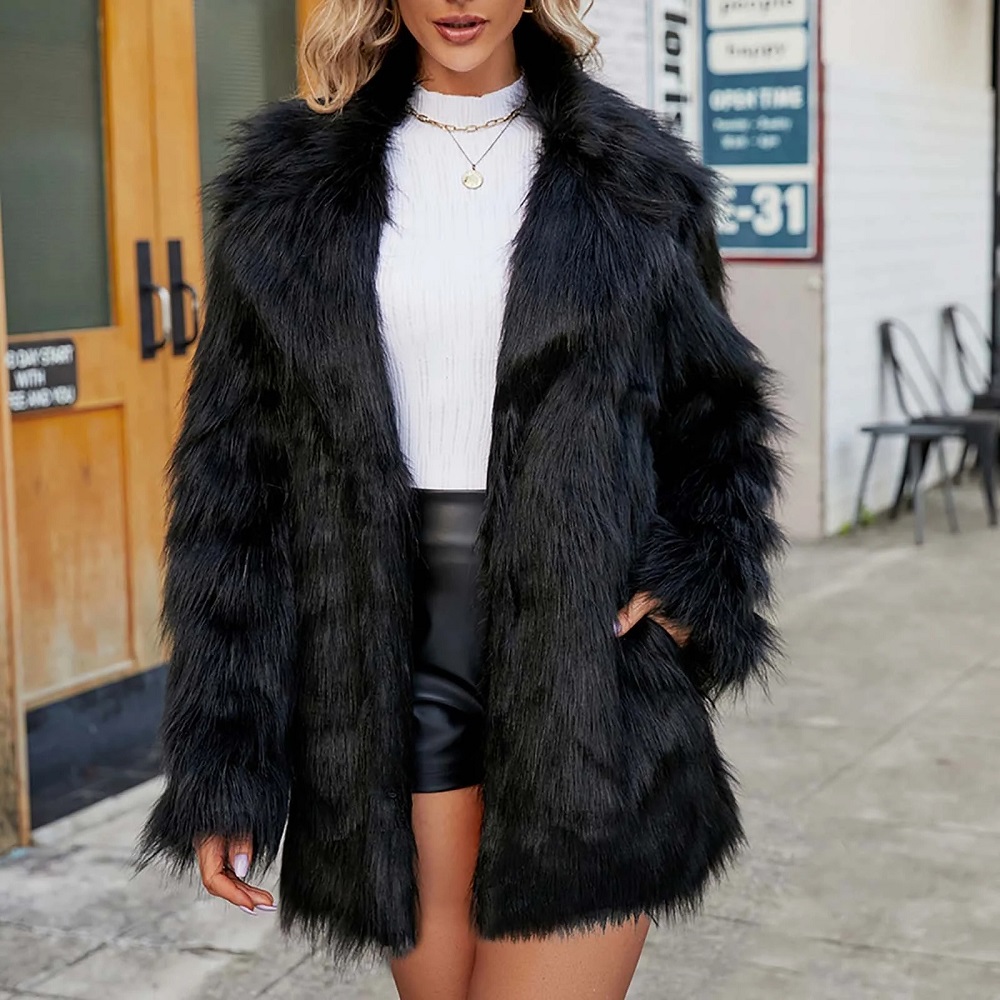
Embracing the Joy of Winter
A quality warm coat not only protects you from the elements but also encourages you to embrace winter. With the right attire, you can venture outside, enjoy snowball fights, or take picturesque hikes without being hindered by the cold. The experiences created while adventuring outdoors can foster a deep appreciation for the beauty of winter, filled with moments of joy and connection with nature.
FAQ:
- What should I look for in a warm winter coat?
- When choosing a warm winter coat, consider insulation type (down or synthetic), water resistance, windproof features, length, and fit. Breathability and pockets are also important for comfort and practicality.
- How do I choose the right size for a winter coat?
- To choose the right size, measure your chest, waist, and hips, and compare them with the brand’s sizing chart. Ensure there’s enough room for layering while still allowing for movement. It’s also good to try on with winter clothing underneath.
- Are down coats really warmer than synthetic coats?
- Yes, down coats tend to be warmer due to the natural insulation properties of down feathers. However, synthetic coats perform better in wet conditions and can provide warmth even when wet, making them a good alternative depending on the weather.
- How do I care for my winter coat to ensure it lasts?
- Follow the care label instructions. Generally, you should wash your coat in cold water on a gentle cycle and dry it on a low heat setting. For down coats, using special detergents designed for down can help maintain insulation loft.
- What are the best materials for a winter coat?
- The best materials include down, wool, and high-quality synthetic fibers. For outer layers, look for water-resistant shells made from nylon or polyester, and added materials like fleece for insulation and comfort.
Conclusion: Choosing the Right Warm Coat
Evaluating Your Needs
In conclusion, understanding the essential features of a warm coat can guide your decision-making process. Identify your specific needs based on your lifestyle, climate, and activities planned for the winter season. By evaluating factors such as insulation, weather resistance, fit, and functionality, you can select a coat that suits your requirements.
Prioritizing Care and Maintenance
Caring for your warm coat is equally important as choosing the right one. Regular cleaning, proper drying techniques, and thoughtful storage will help ensure the longevity of your investment. By following these maintenance tips, your coat will remain functional, comfortable, and stylish for years to come, allowing you to face winter with confidence.
Embracing the Winter Season
Ultimately, a well-chosen warm coat, such as one of the top-rated winter coats for staying cozy and stylish, empowers you to embrace all that winter has to offer. From outdoor adventures to cozy nights by the fireplace, the right coat enhances your experience during the colder months. As you prepare for the season, prioritize finding a quality warm coat that aligns with your needs, style, and activities. With the proper gear, you can step into winter with excitement, warmth, and a sense of adventure!


